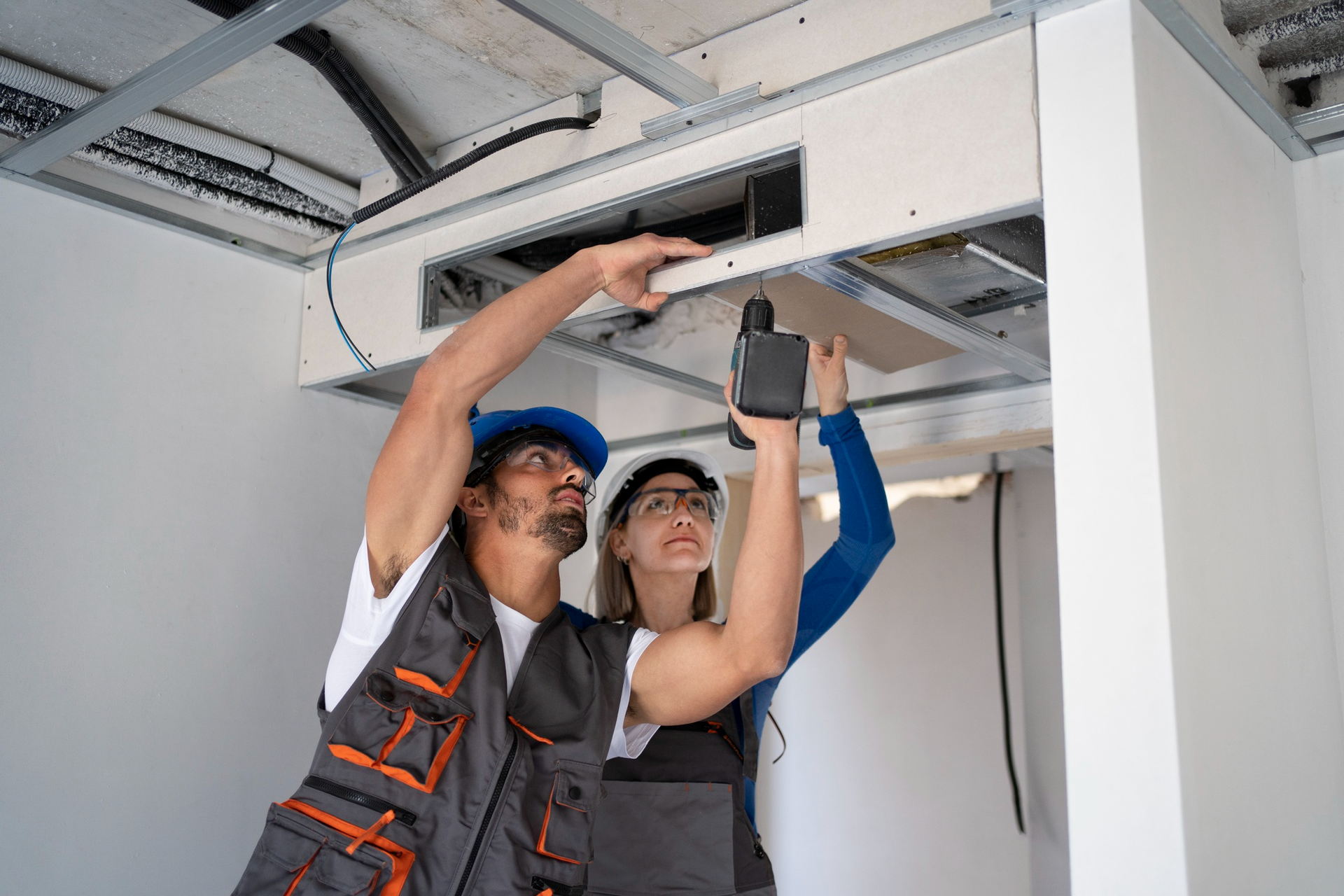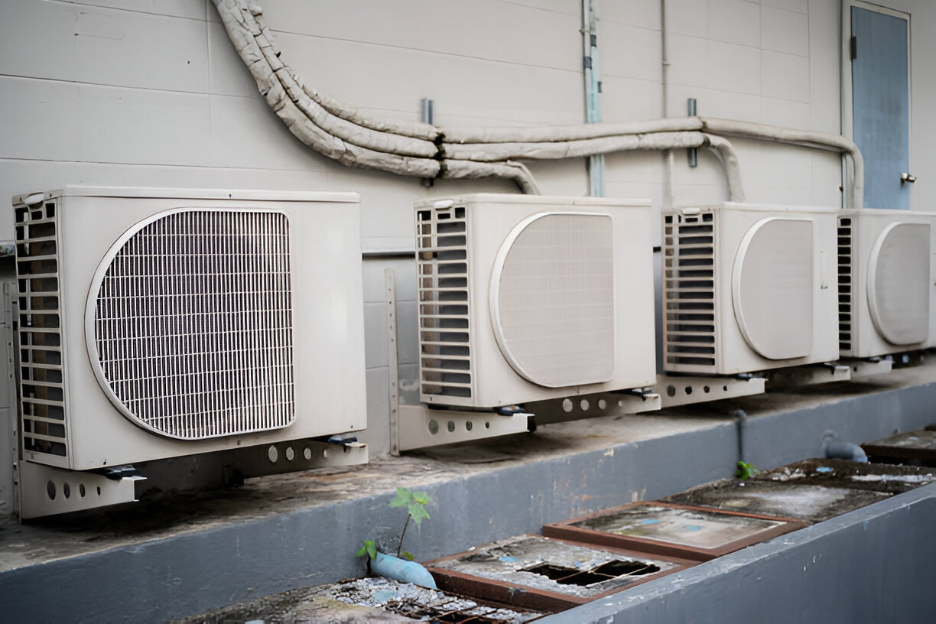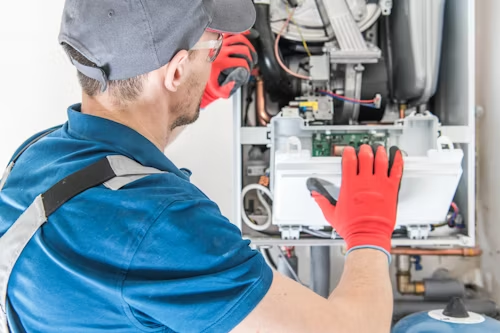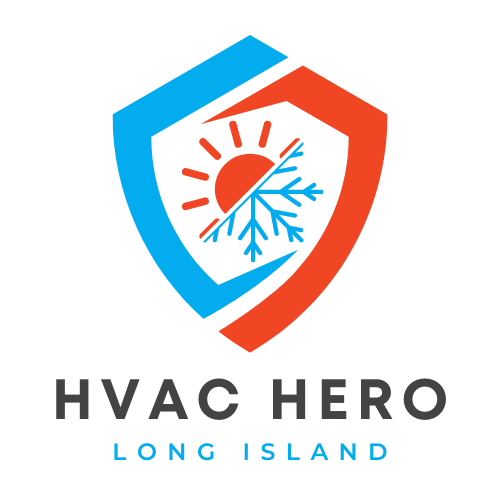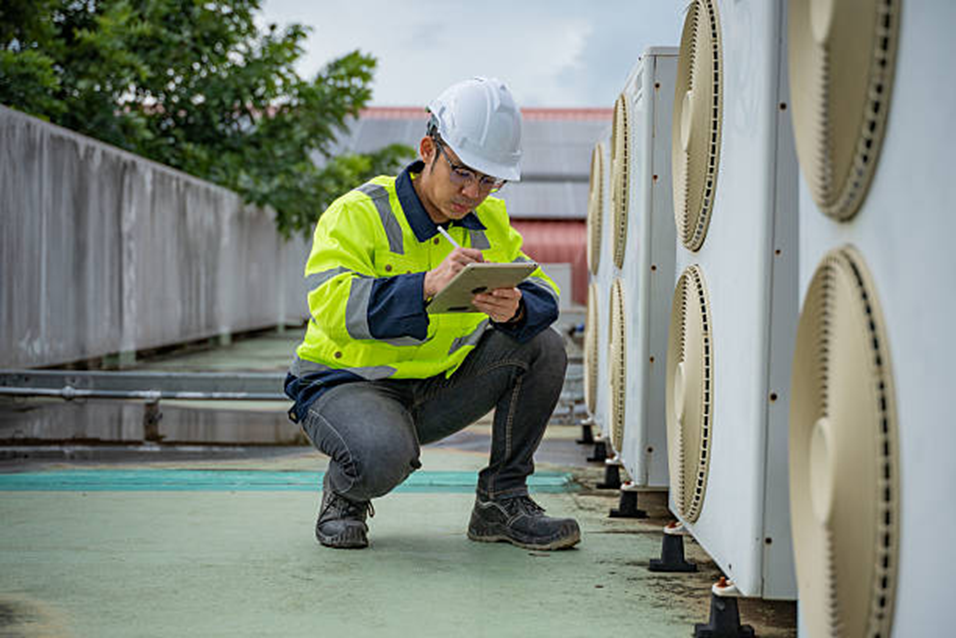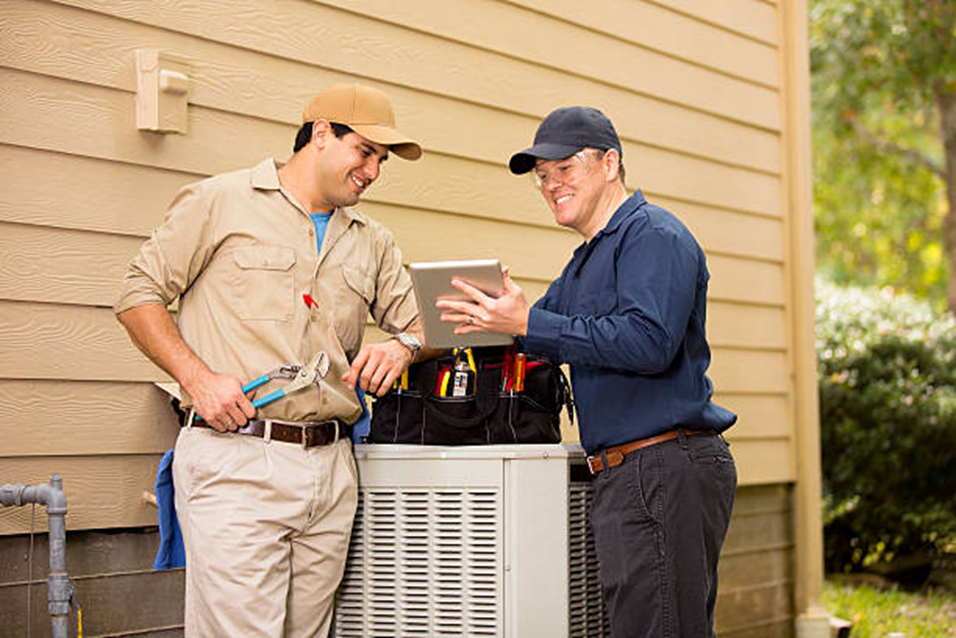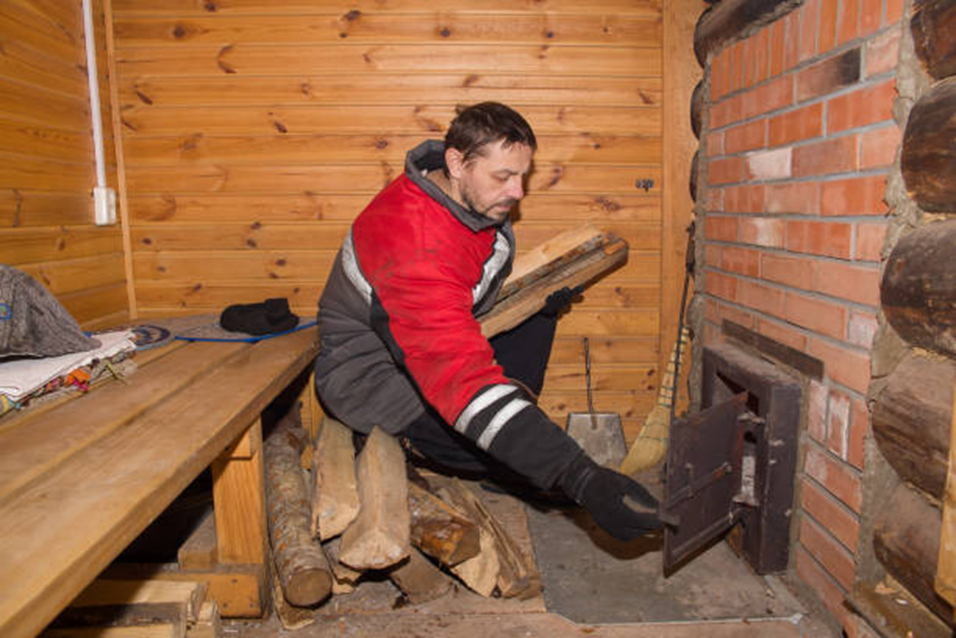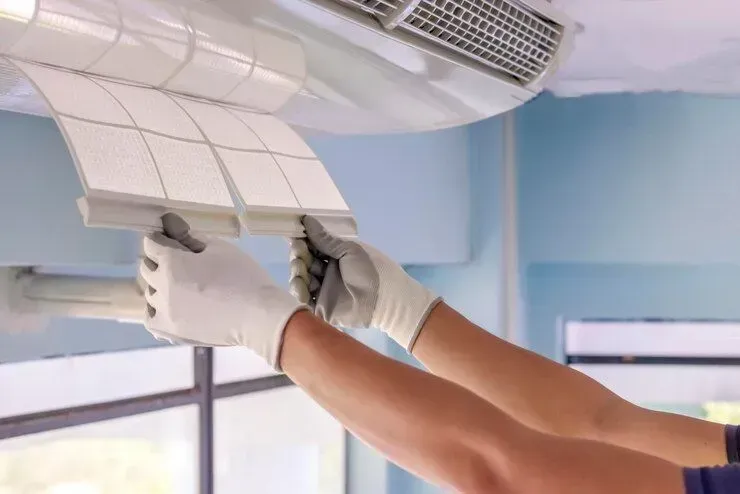Oil to Gas Conversion: Is It Worth It for Long Island Homes?
Introduction
With oil prices constantly fluctuating, Long Island homeowners are increasingly looking for more cost-effective and efficient heating solutions. Many residents wonder, “Is an oil to gas conversion Long Island worth it?” The decision isn’t just about switching fuel—it’s about long-term savings, equipment efficiency, and the potential benefits for your home’s value.
Oil heating systems have been a staple in many Long Island homes for decades, but they come with several challenges. Homeowners must deal with frequent maintenance, oil tank storage, and unpredictable fuel costs that can spike in winter months. On the other hand, natural gas offers a cleaner, more efficient heating option that can help homeowners save on monthly energy bills while reducing environmental impact.
This blog will help you understand the costs, potential energy savings, equipment lifespan, available rebates, and installation considerations involved in an oil to gas conversion. By the end, you’ll have a clearer picture of whether making the switch is worth it for your Long Island home. If you want to explore your options or schedule an evaluation, Long Island HVAC Hero offers personalized consultations tailored to your home’s heating needs.
Why Homeowners Consider Oil to Gas Conversion
Switching from oil to gas is more than a trend—it’s a practical choice for many Long Island households. Here are the main reasons homeowners consider this conversion:
- Rising Fuel Costs: Oil prices are notoriously volatile. Converting to natural gas can provide more predictable monthly bills.
- Maintenance & Reliability: Gas systems generally require less maintenance than oil furnaces, reducing yearly servicing costs. For guidance on regular maintenance, check how often you should service your Long Island furnace.
- Environmental Impact: Natural gas burns cleaner than oil, producing fewer emissions and making your home more energy-efficient.
- Convenience: Unlike oil, which requires delivery and storage, gas is piped directly to your home, eliminating the need for oil tank monitoring.
- ROI Considerations: With energy savings and potential incentives, an oil to gas conversion can provide a solid return on investment over time.
By understanding these factors, homeowners can make a well-informed decision about whether an oil to gas conversion is the right move for their Long Island home.
Understanding the Conversion Cost
One of the first questions homeowners ask is, “How much does it cost to switch from oil to gas?” The conversion cost varies depending on several factors:
- Average Cost: On Long Island, an oil-to-gas conversion typically ranges between $5,000 and $12,000, depending on your home’s size and current system.
- Equipment Costs: New gas furnaces or boilers are generally required for the conversion. Prices vary based on efficiency ratings and capacity.
- Installation Costs: Labor, permits, and any necessary piping adjustments add to the overall cost.
- Home Size & Infrastructure: Larger homes or older oil systems may require more extensive modifications, increasing the cost.
It’s important to compare the upfront cost with long-term benefits. While the initial investment may seem significant, homeowners often find that energy savings, equipment longevity, and incentives offset the expense over time. For professional installation and cost evaluation, Long Island HVAC Hero’s heating replacement and installation services provide tailored solutions to ensure a smooth transition.
Potential Energy Savings and ROI
One of the most compelling reasons to consider an oil to gas conversion is the potential energy savings and long-term ROI.
- Lower Monthly Bills: Gas heating is more efficient than oil, often resulting in lower monthly costs. Depending on your usage, homeowners may save $500–$1,000 annually.
- Fuel Price Trends: With oil prices prone to spikes, switching to gas can provide more predictable energy costs. Long-term stability in fuel prices enhances financial planning for your household.
- ROI Timeline: Most Long Island homeowners recover the cost of conversion within 5–10 years, depending on usage, incentives, and energy savings.
By factoring in these savings, an oil to gas conversion can be a smart financial decision. Additionally, a modern gas system improves your home’s energy efficiency and may increase property value. For expert guidance, Long Island HVAC Hero can provide a detailed estimate of your projected savings based on your home’s heating needs.
Equipment Lifespan and Maintenance Considerations
When considering an oil to gas conversion, it’s important to understand the lifespan and maintenance of your new system.
- Lifespan: Modern gas furnaces and boilers can last 15–25 years, often longer than aging oil systems.
- Maintenance: Gas systems require less frequent servicing, with routine annual checks for efficiency and safety. Oil systems, in contrast, may need more frequent cleaning and component replacements.
- Impact on Home Value: Efficient gas heating can be a selling point for potential buyers, offering reassurance of lower future energy bills and reduced maintenance needs.
For homeowners seeking expert installation or maintenance, Long Island HVAC Hero’s furnace repair and service team ensures your gas system operates efficiently for years to come.
Incentives and Rebates for Long Island Homeowners
One of the biggest advantages of converting to gas is access to rebates and incentives that reduce upfront costs.
- Federal & State Programs: Energy-efficient upgrades often qualify for tax credits or utility rebates.
- Local Incentives: Long Island homeowners may benefit from programs encouraging the adoption of natural gas heating systems.
- Maximizing Rebates: Consult with a licensed installer to ensure you claim all eligible incentives. This can significantly reduce your initial conversion cost.
By leveraging these incentives, your oil-to-gas conversion becomes more affordable, shortening the ROI timeline. To explore rebate eligibility, homeowners can contact Long Island HVAC Hero for guidance and support.
Installation Time and Disruption
Homeowners often worry about the installation time and disruption involved in converting from oil to gas.
- Typical Timeline: Most residential conversions take 2–5 days, depending on home size and existing infrastructure.
- Minimizing Disruption: Professional installers handle piping, furnace replacement, and system calibration efficiently, reducing impact on daily life.
- Scheduling Considerations: Early planning ensures the installation fits your schedule, with minimal inconvenience.
Proper installation is crucial to maximize efficiency and longevity. For reliable and timely service, Long Island HVAC Hero provides experienced technicians who manage the entire conversion process professionally.
Is It Worth It? Weighing the Pros and Cons
An oil-to-gas conversion is a significant decision for Long Island homeowners. Let’s weigh the benefits and potential downsides:
Pros:
- Lower monthly energy bills and predictable fuel costs.
- Cleaner, more efficient, and environmentally friendly heating.
- Less maintenance and longer equipment lifespan.
- Potential tax credits, utility rebates, and incentives.
- Increased property value with a modern heating system.
Cons:
- Upfront cost may be significant for some homeowners.
- Installation requires temporary home adjustments.
- Dependence on gas infrastructure, which may not be available in all areas.
When factoring in energy savings, equipment lifespan, and incentives, most Long Island homeowners find the conversion to be a smart investment. The ROI timeline, combined with reduced maintenance and operational costs, often makes the switch worthwhile. For a tailored assessment, homeowners should reach out to Long Island HVAC Hero’s heating experts to determine if an oil to gas conversion is the right choice for their home.
Conclusion
Switching from oil to gas offers Long Island homeowners numerous benefits: lower monthly bills, reduced maintenance, a longer-lasting heating system, and potential incentives that lower upfront costs. While the initial investment can seem high, careful consideration of energy savings, ROI, and rebates can make the conversion a financially sound decision.
If you’re a homeowner exploring your options, Long Island HVAC Hero provides professional guidance, installation, and ongoing support to ensure your home heating system performs efficiently for years to come. Whether you want to evaluate costs, understand rebate eligibility, or schedule an installation, our team is ready to help you make the right choice for your Long Island home.
Take the next step by contacting Long Island HVAC Hero to learn if an oil to gas conversion is worth it for your property.
FAQ
How much does an oil-to-gas conversion cost on Long Island?
Costs typically range from $5,000 to $12,000, depending on home size, existing infrastructure, and equipment requirements.
How long does it take to install a gas furnace?
Most conversions take 2–5 days, depending on complexity and home size.
Will converting to gas increase my home’s value?
Yes, modern, efficient heating systems are attractive to buyers and can increase property value.
Are there any Long Island-specific rebates for switching to gas?
Homeowners may qualify for federal, state, and local incentives—consult Long Island HVAC Hero for personalized guidance.
How soon can I see energy savings after conversion?
Savings can begin immediately, with full ROI typically achieved within 5–10 years depending on usage and fuel price trends.
